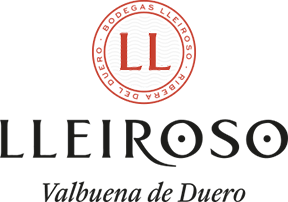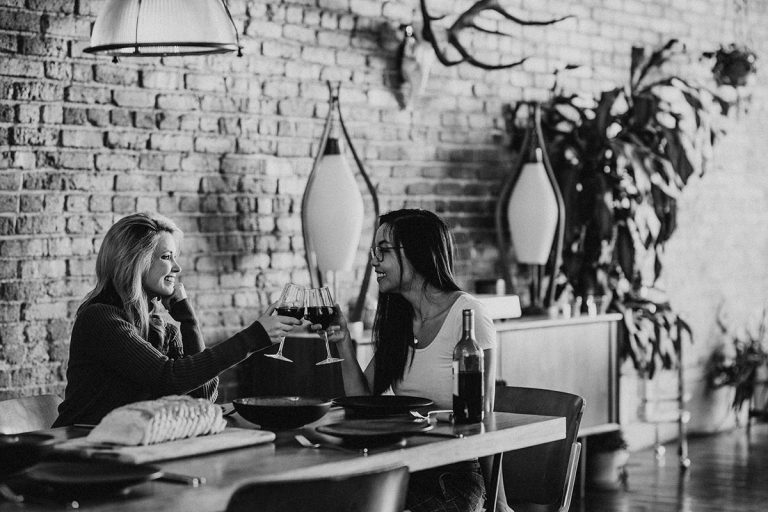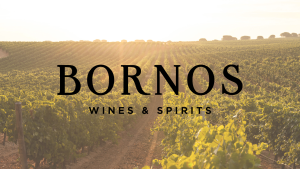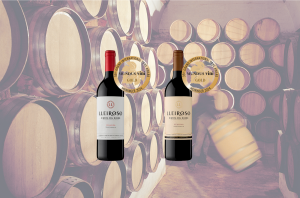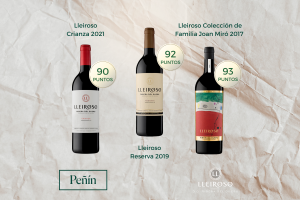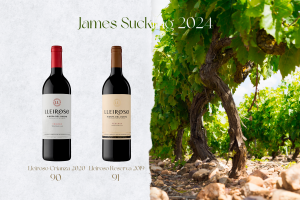In this post, we give you guidelines and offer the best advice on how to store wine at home in the best possible conditions. If you’ve just started to collect bottles but still don’t know how to store them, we’d like to help by offering you some useful tips.
First of all, it has to be said that the correct storage of a wine doesn’t depend on one single factor; there are in fact several. Also, not all wines are suitable for storage over a long period. For example, wines that haven’t undergone an ageing process at the winery won’t improve over time.
So, let’s begin with some general guidelines and basic tips:
Position of the bottle:
The bottle must be stored in a horizontal position and slightly inclined so that the liquid is in constant contact with the cork and so that any sediment which is produced will settle along the bottom of the bottle. Ideally, a few days before serving the wine, you should stand the bottle upright, so that all the sediment can then fall into the punt of the bottle.
Temperature:
This should be as stable as possible and always between 10 and 15°C. Also, it is preferable to store the wine in a cool, well-aired place, where there are no strong smells, since wine is said to ‘breathe’ through the cork and can absorb these smells.
Light:
The bottles should be kept in a place without exposure to sunlight or any source of artificial light, since these are the biggest oxidisers. However, if light is present, it should never shine directly on the wine.
Time:
As we mentioned in the introduction, not all wines are made to improve over time. We have therefore listed below approximate indications of how long different categories of wine can be kept.
- A young, unoaked wine (Joven): between one and three years after it has been bought.
- A medium-aged wine (Crianza): between three and six years after it has been bought.
- A long-aged wine (Reserva): between six and eight years after it has been bought.
- Extra-long-aged wine (Gran Reserva): ten years or so after it has been bought.
RECOMMENDATIONS FOR SERVING WINE AT THE RIGHT TEMPERATURE
When serving a wine, temperature is the main, decisive factor that enables the wine’s flavour to be fully enjoyed.
For red wines, the ideal temperature is between 15 and 18°C. However, if the wines have had little or no ageing, such as unoaked or lightly-oaked reds (Joven or Roble), these can be served at 10 to 13°C.
As for white wines, the ideal serving temperature is between 10 and 11°C. However, it should also be mentioned that the greater the complexity of the wine, such as white wines aged on their lees or oak-fermented whites, the higher their serving temperature can be: in this case between 12 and 13°C.
Finally, for rosé wines, the ideal serving temperature is between 5 and 7°C. However, as with white wines, if these wines have more complexity or body, the temperature should be around 9°C.
